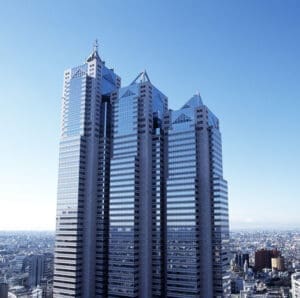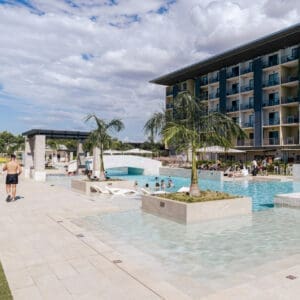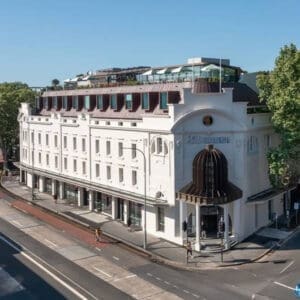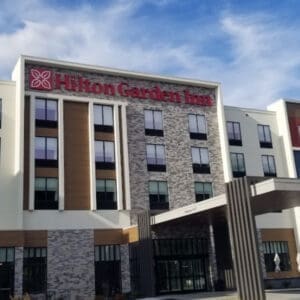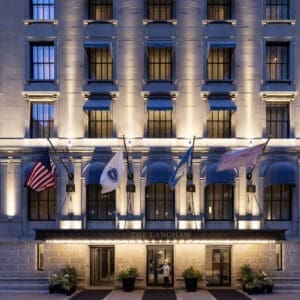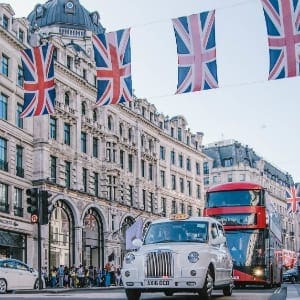 Identifying the travel needs of different groups of elderly people in Hong Kong is the first step in providing appropriate services that can improve their quality of life and well-being, argue Dr Kam Hung of the School of Hotel and Tourism Management (SHTM) at The Hong Kong Polytechnic University and two co-researchers.
Identifying the travel needs of different groups of elderly people in Hong Kong is the first step in providing appropriate services that can improve their quality of life and well-being, argue Dr Kam Hung of the School of Hotel and Tourism Management (SHTM) at The Hong Kong Polytechnic University and two co-researchers.
In a recent study, the researchers examine the differences in the travel behaviour of elderly Hong Kongers, finding that residents of public housing face more travel constraints than those living in private housing. They suggest that tourism industry stakeholders such as exhibition organisers and travel agents could do more for these residents to promote the quality-of-life benefits that come with travel.
As the researchers point out in opening their study, the Hong Kong population is ageing rapidly. By 2041, those in the city aged over 65 will account for 30 per cent of the population while the proportion of those aged under 15 will fall to 9 per cent. People’s needs change as they age, and many face increasing difficulties with their health and mobility, lack of support from family and social networks, and greater financial constraints. This is a dire situation, and the researchers note that a failure to address it could lead to Òdepression, suicide and life dissatisfactionÓ.
There is, as the researchers write, an essential need to promote Òpositive ageing and helping the elderly live life to the fullÓ. The Hong Kong government has certainly introduced numerous measures in that direction, with district community centres, neighbourhood centres and social centres chief among those that offer leisure facilities for the elderly. An Elder Academy also provides a wide network of educational facilities offering lifelong-learning opportunities.
Yet the researchers point to evidence that elderly people in Hong Kong tend to be less happy and experience greater emotional distress than their contemporaries in other places such as Beijing and Taiwan. Despite the government’s efforts, then, it seems that not enough is being done to improve the well-being of this high-risk group. The researchers suggest that the effectiveness of current services needs to be evaluated, and that there should be greater emphasis on Òpositive ageing and helping the elderly live life to the fullÓ. As travel is an important aspect affecting the quality of life of the elderly, understanding the travel constraints of the older population would Òhelp policy-makers identify the factors that inhibit travelÓ and provide appropriate services for different groups of elderly in Hong Kong.
The researchers thus decided to Òcompare the travel constraints of the elderly living in public housing and those living in private housingÓ. Due to financial constraints, almost 40 per cent of the elderly in Hong Kong live in housing provided by the government. As financial constraints are strongly associated with depression, the researchers argue that older people living in public housing may be more vulnerable than those with fewer financial constraints. Hence, they set out to obtain information that could help in designing more customised travel services for elderly people with different profiles.
Elderly users of services provided by various community and neighbourhood centres in Hong Kong were interviewed face-to-face, giving demographic information and answering questions about how often they travelled over the past year and the past three years, along with where and why they travelled. They were also asked with whom they travelled, what sort of transport they used, how much they spent and for how long they stayed. Finally, the interviewees responded to statements such as ÒI cannot travel because I am in poor healthÓ, ÒI experience difficulty in finding someone to accompany me on my travelÓ and ÒI cannot travel because of family obligationsÓ.
Slightly more people living in public housing were interviewed than those living in private housing. Almost two thirds of those living in public housing were female, but less than half living in private housing were. As the average age for all interviewees was just over 71, the majority were understandably retired, with only a tenth of them working full or part time and a very small portion describing themselves as ÒhomemakersÓ. Those living in private housing generally had higher levels of education, and more than half of those in public housing were illiterate. Almost all of the interviewees were able to live independently, although a majority had to take regular medication.
The interviewees had taken an average of 1.32 trips over the past year and 3.35 trips over the past three years. However, those in private housing were what the researchers described as Òmore active travellersÓ and had taken an average of 4.09 trips over the past three years, compared with 1.65 by those in public housing. The two groups also differed in terms of destination, with those living in public housing taking Òmore local trips than their private housing counterpartsÓ and the latter taking more trips outside Hong Kong.
There was no difference in the number of interviewees who said that the purpose of their trips was to visit family or friends, but those in private housing were more likely to travel for fun, to go shopping and sightseeing, and to travel for religious reasons. This group was also more likely to travel with their families, to take longer holidays that were often part of a transport and hotel package, and tended to spend more money on their travel.
The researchers noted that although the interviewees experienced few significant constraints on travel overall, travel constraints were much more important in explaining the travel behaviour of those in public housing. Among this group, the main issue preventing travel was that it was just not a part of their lifestyle or that of their friends and family. In contrast, travel was a Òhabit and lifestyleÓ among the family and friends of those in private housing.
The researchers thus propose a number of important ways in which tourism industry stakeholders could promote the travel habit among the elderly who live in Hong Kong’s public housing. For instance, travel exhibitions could be organised in the community to promote the benefits of travel and entice these people to join tours with their friends and families. Attendees, could, the researchers suggest, receive other benefits as well, such as discounted prices on travel packages.
Social activities could also be provided before, during and after trips to help elderly residents living in public housing find suitable travel companions. Although travel agents do organise local tours, the researchers note that the Òmeeting places are inconvenient for the elderly with health or mobility concernsÓ, so offering a pick-up service would be helpful. Tour providers should further consider comprehensively reviewing their offerings with input from elderly people Òto determine if the current tour products satisfy their particular needsÓ. Providing low-cost travel services to neighbouring cities in the Pearl River Delta such as Guangzhou, Macao and Foshan might also encourage these residents to take trips further afield.
Given the prevalence of depression and suicide among the elderly in Hong Kong, the researchers offer an important first step in recognising the efficacy of leisure services provided to this vulnerable group. As participating in leisure activities has long been considered an effective way of improving life satisfaction, removing travel constraints from the elderly who feel them most is an important task for tourism stakeholders. The next step, the researchers urge, will be to Ògain a holistic understanding of travel in later lifeÓ.
Want to keep up to date with industry news? Click here to subscribe toÊeHotelier’s dailyÊe-newsletter.






